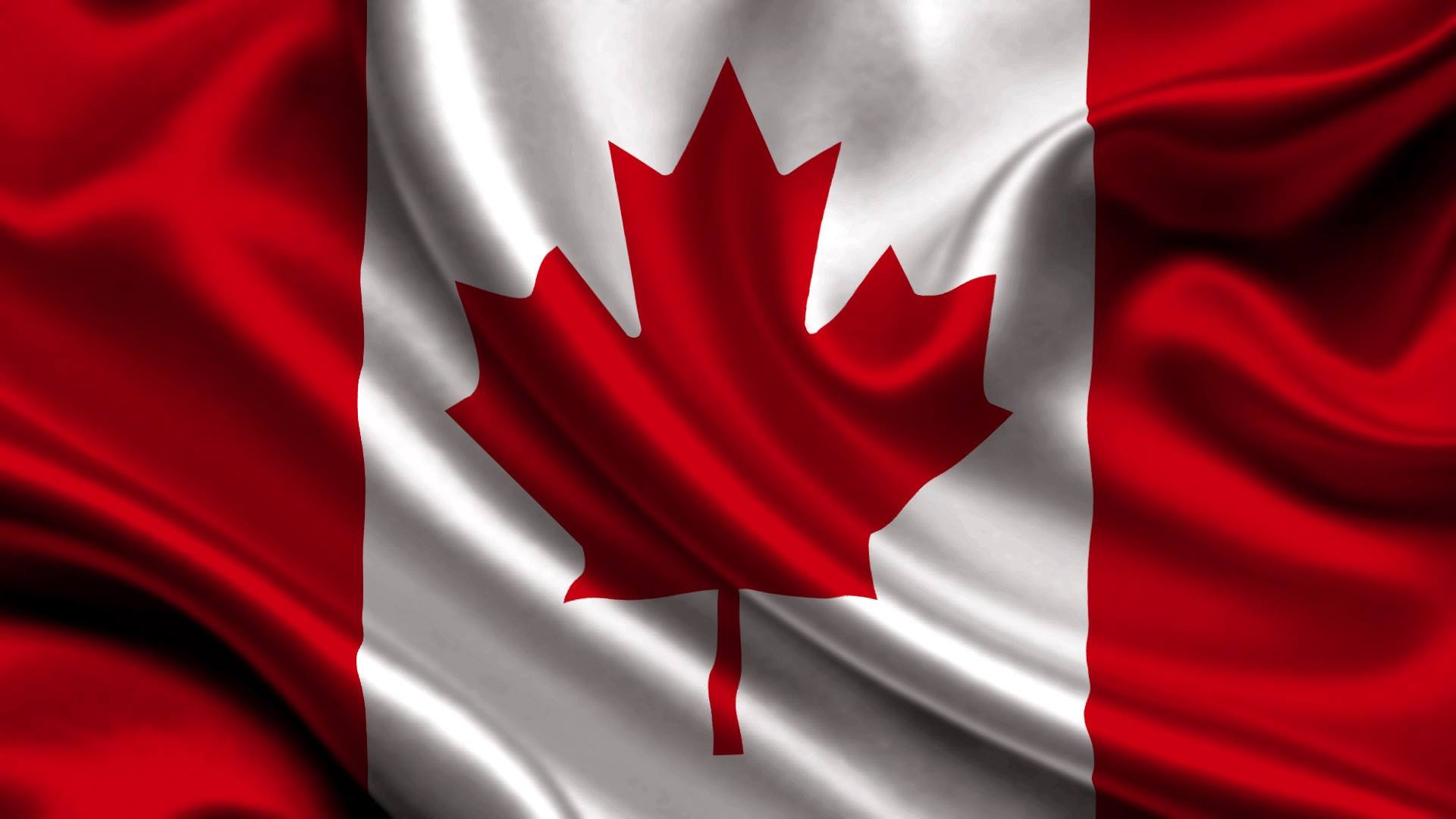A peaceful patch of farmland in southeastern Idaho likely holds a grisly, bitter history — but the full story remains hidden, at least for now.
Archaeologists surveying acreage along the Bear River, just north of the town of Preston, say there are “compelling” signs that it’s the site of an event whose gruesomeness is matched only by its obscurity: the largest single massacre of Native Americans in U.S. history.

The researchers say their investigations may ultimately bring to light the lost story of the Bear River Massacre, a daybreak raid carried out by U.S. soldiers on a winter village of the Northwest Band of Shoshone, killing as many as 250 men, women and children on a January morning in 1863.
“It is really pretty amazing that the single largest Indian massacre is very poorly known,” said Dr. Ken Cannon, an archaeologist with USU Archeological Services who recently led a survey of the site.
“If you go through all your history books, you’re not going to find anything that’s taught [about this]. …
“So if we are able to find physical remains of the massacre, that might make it more accessible to people, to get people talking more about this event.”
Last year, the Idaho State Historical Society hired Cannon’s firm to conduct the first-ever archaeological investigation related to the incident, with a view to determining where exactly it took place and identifying any artifacts, so that the site could be commemorated as a historic battlefield.
Despite the infamy of the event, its physical legacy has been hard to track, Cannon said.
“The general area was known, but what’s been frustrating us is that there’s been so much modern construction that’s gone on there,” he said.
Traces of the destroyed Shoshone village have been all but obliterated by generations of infrastructure, from a narrow-gauge railroad laid down through the site in the late 1800s, to a canal dredged decades later, to a modern federal highway that runs nearby.
“We have a sense of where the pieces and parts were, but actually finding the exact location, that’s been frustrating in some respects,” Cannon said.
“But it’s archaeology, and it’s a process that we just have to work through.”
[See a recent discovery from the late 1800s: “‘Mysterious’ Winchester Rifle From 1882 Found Leaning Against Tree in Nevada National Park“]
Among the tools his team has called on are three historic maps, drawn by witnesses of the massacre, which have helped the researchers identify landmarks and ultimately recreate what Cannon calls “that one horrible morning.”

According to accounts from the time, at dawn on January 29, 1863, a regiment of 200 California Volunteers approached a village where some 390 members of the Northwestern Band of Shoshone were wintering, near the confluence of the Bear River and a frozen creek. More at Source


